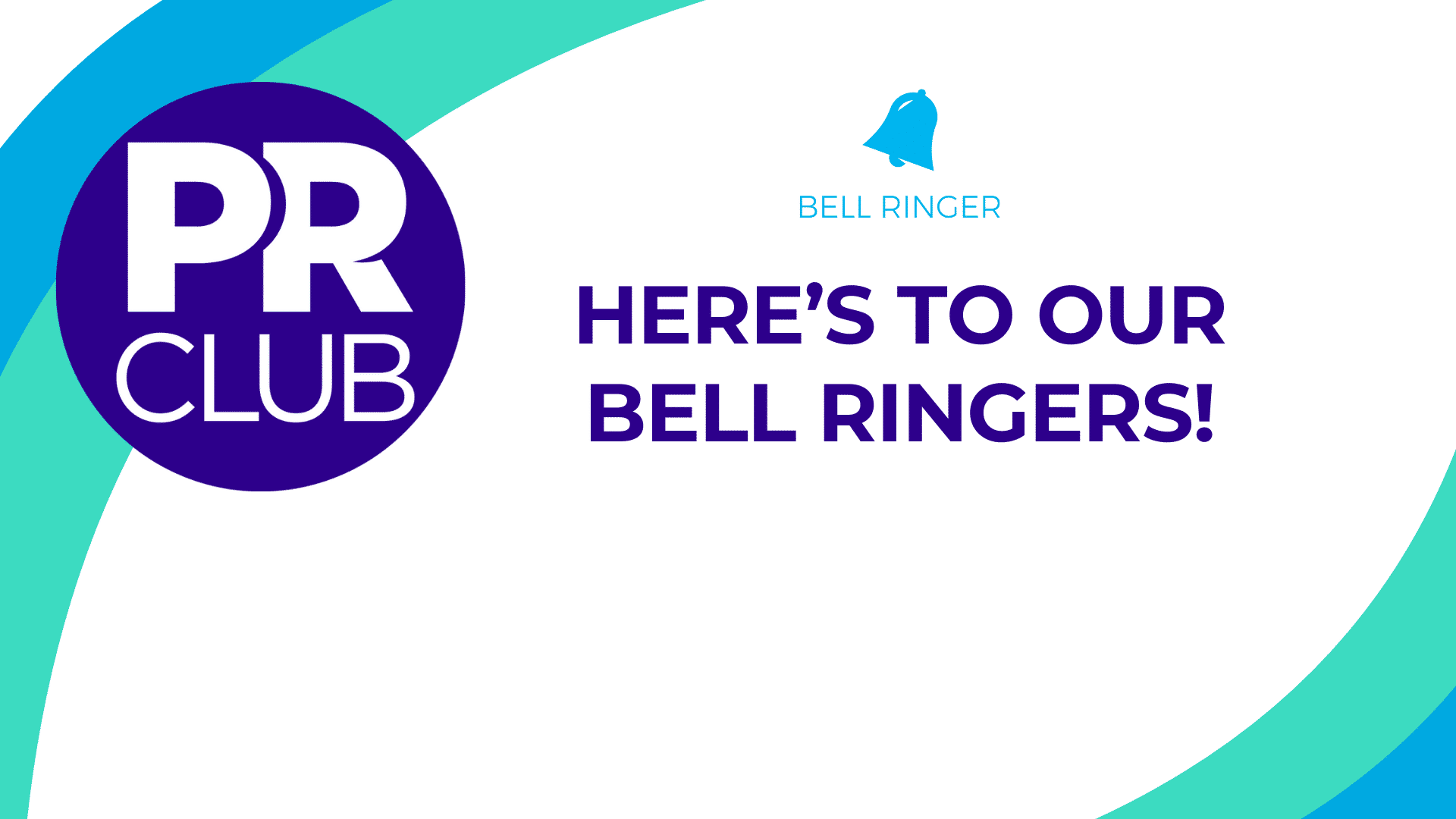As public relations professionals progress in our careers, we end up taking on the unofficial role of teacher. Whether it’s editing written content, media-training our clients, or advising mentees, those of us with more experience help foster the knowledge and confidence of those newer to the industry. In fact, some of you may even like this aspect of your job more than building strategic plans or reviewing social media content calendars; (many of us who are active in the PR Club welcome opportunities to help develop the next generation of communications professionals.) If you find that the “teaching” aspect of the PR profession speaks to you, maybe it’s time you looked at teaching public relations, strategic communications, social media or any adjacent subject matter. In fact, joining the ranks of academia doesn’t require as many hurdles as you may think.
Many colleges and universities in New England that offer classes in public relations value the experience that practitioners bring to the classroom. You don’t necessarily need a Ph.D. or even a master’s degree to share your knowledge with up-and-coming PR practitioners as a part-time instructor (even some full-time gigs don’t require an advanced degree). You can build on your PR expertise to transition from the professional space into academia by finding the parallels between doing PR and mentoring, and teaching students how to be the best entry level employees in the space. Here are some ways you can think about teaching:
- Students are your new “clients.” When you focus on your students’ needs, communicate directly, and manage expectations, you build strong relationships with your students.
- Learning objectives are the same as setting communication objectives. You should still aim for SMART outcomes from your courses, so students know specifically what they will learn, why it matters, how they will achieve success, how you will measure their progress, and of course, when it all happens during the semester.
- Planning comes in the form of a syllabus. Instead of a situation analysis, you’ll create a course description. Instead of objectives, we list learning outcomes. Strategies come in the form of required and recommended readings. Tactics are the tests, projects, and assignments you use to assess learning. Present a timeline of what happens in each class period and when assignments are due. Finally, for measurement, you provide a grading scale and rubric.
- The practice of public relations informs your teaching. Sure, you may decide to have a textbook in your class, but your own experiences, as well as real-world case studies and guest lecturers, help make learning more concrete for students. Bring in the conversations you have with your team about a recent PR Week article or a campaign trending on social media right into the classroom.
- Stay focused on technology and hard skills. As PR practitioners, we’re constantly challenged to use technology that enhances our client- deliverables. With data and analytics informing PR campaigns, it’s critical PR practitioners turned academics teach their students hard skills and introduce them to technology that will make them marketable in an ever-changing landscape.
- Presentation skills will make it easy for you. You already know how to give a good presentation. Just think about your lectures as a presentation and you’ll be sure to deliver engaging content with a purpose.
All of us agree: Teaching can be one of the most rewarding experiences in a diverse career lifespan. There are so many intangible benefits that give us joy and fulfillment: seeing that spark ignite within students when they make a connection, helping students develop confidence in their capabilities, and receiving thank-you notes about how we made a difference in their lives, just to name a few.
To get started, offer your services as a guest speaker to any instructors you know. If you want to dive in more deeply, reach out to the departments of the communication schools in your area. Ask if they need part-time instructors, and provide your resume and the names of the courses you think you could teach. You can also stay on top of your skill sets to set yourself apart–like get a certificate from HubSpot or Google. That will get the ball rolling. Good luck, and reach out to us if you want to chat more.
About the Authors & PRClub Board Members:
Amy Shanler has been working in public relations for more than 25 years and is now an associate professor of the practice of public relations and co-director of PRLab at Boston University College of Communication. shanlera@bu.edu
John Guilfoil has been working in public relations for more than 10 years and has been an adjunct professor of journalism and communications at multiple colleges including Lasell University and Northeastern University since 2010. john@jgpr.net
Kristina Markos has worked in PR, advertising and content marketing for 15+ years; she is currently an associate professor of practice and online program director at Simmons University. She previously taught at Indiana University Northwest, Lasell University and Bentley University. Markos@simmons.edu
Paradoxically a devotee of both the serial comma and the AP Stylebook, Michael Dowding has taught media writing at Boston University for more than 25 years, most recently as a full-time master lecturer. In addition, he completes freelance-writing engagements with B2B clients in tech and healthcare and leads half-day writing workshops for agencies and companies. mdowding@wordscape.com




